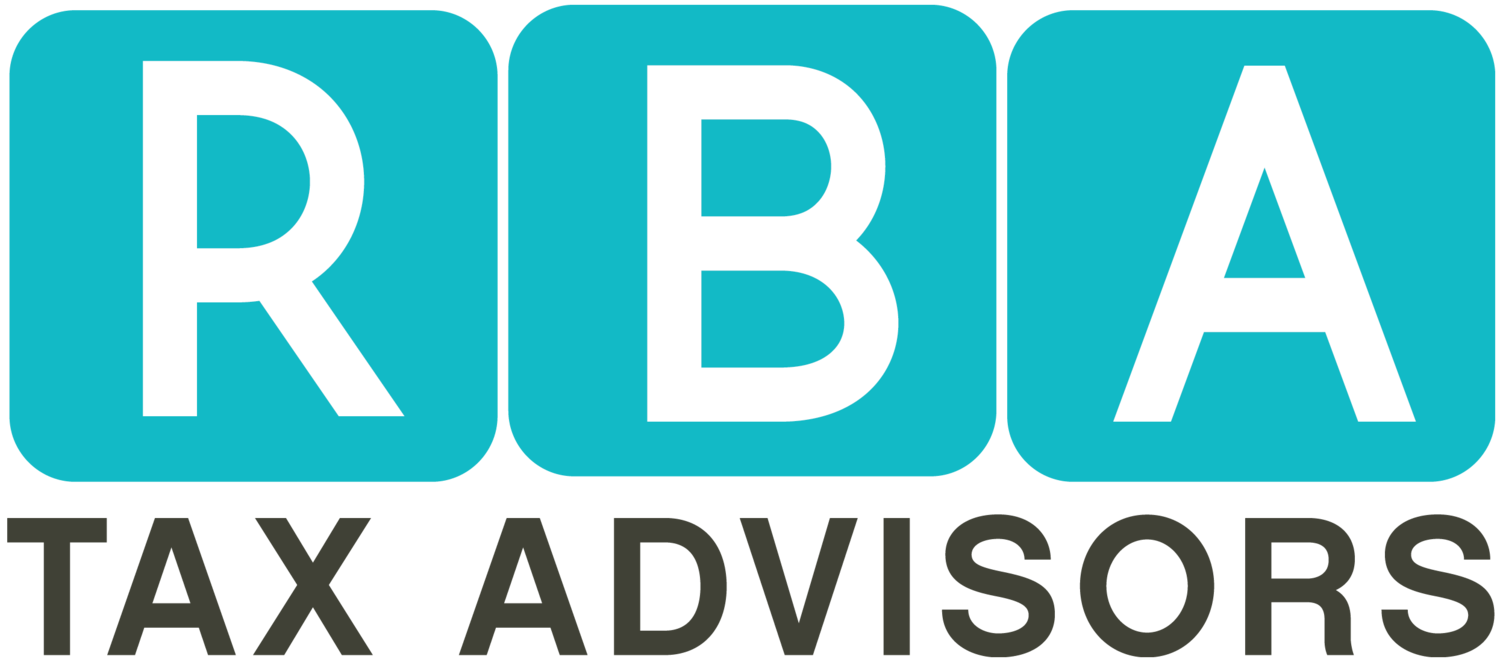As you prepare to file your tax return you may be worrying that you may owe taxes or wondering if you will receive a refund. Regardless of your current situation, there is potential for you to save even more on your taxes. Here are some strategies that may further reduce your tax bill:
Married filing separately – for most married couples, married filing jointly is the best decision. There are however, some taxpayers that will save more if they choose to file married filing separately, if they do not have certain deductions or credits. Consider married filing separately if:
1) You have large itemized deductions
2) Your combined unearned income triggers the 3.8% net investment income tax
3) You want to protect your tax refund from taxes due by your spouse and possibly avoid an IRS audit
Actual expense for business use of car – the IRS allows taxpayers to use two methods to compute the deduction for business use of car. They are standard mileage and actual expenses. You may receive a deduction for the higher of these two methods. The standard mileage is computed by taking business miles driven times the standard mileage rate ($0.54 in 2016). On the other hand, the actual expense deduction allows business owners to compute their actual expense for operating the vehicle including, but not limited to gas, oil, repairs, tires, insurance, registration fees, licenses, and depreciation (or lease payments). Most taxpayers take the standard mileage because it’s the easiest to compute. If you want to switch to actual expense on your 2016 tax return, you will need to compute both to see which one saves you more. Things to consider if you’re planning to use the actual mileage:
1) How long you have had the vehicle
2) The total amount of your car repairs and maintenance
3) The length of time that you plan to keep the vehicle
Actual expense for business use of home – the IRS also allows two methods to compute this deduction. They are simplified option and actual expense. The simplified option allows you to take a home office deduction of up to 300 square feet at a standard rate of $5 per square foot. In some cases, the actual expenses may give you a larger deduction because it includes more expenses such mortgage interest, property taxes, utilities and depreciation based on the percentage of your home that is used for business. Here are some things to consider:
1) Your home office deduction will reduce your self-employment tax if you are required to file a schedule C on your tax returns
2) You will need documentation to support these deductions
3) If you choose to take the actual expense option and take depreciation deduction, you will need to have a well-executed exit strategy in the event that you sell your home
Maximize your contributions to SEP or IRA – You still have the opportunity to contribute money to a tax-deferred retirement savings account. The great thing about these plans is that you can file an extension on your tax returns, and not fund the plan until your deadline in October 2017. However, you do not want to wait until October to figure out your contribution amount. It is best to compute your return now, so you can see which contribution amount will give you the best return on your investment (ROI). Once you know how much you need to contribute, then you can take the next few months to make it happen. Here are some things to consider before deciding to make a tax-deferred contribution:
1) You will need to compute your taxes using several contribution amounts, so you can figure out the amount that you will you actually save on your taxes at each contribution level
2) Total cash outlay (tax payment plus contribution amount)
Check to see if these strategies will reduce your 2016 income tax. As you move forward in 2017, see which other strategies you can proactively implement in order to save more on your 2017 taxes.
For more information tax saving strategies, visit RonicaBrownAgency.com/blog


